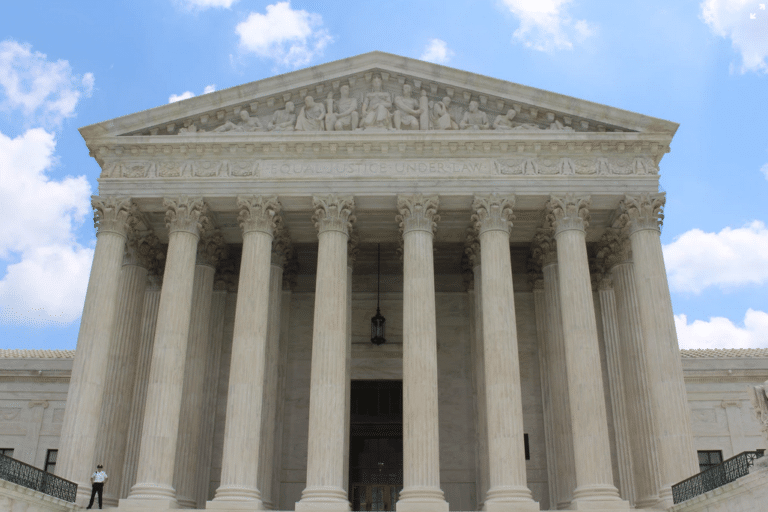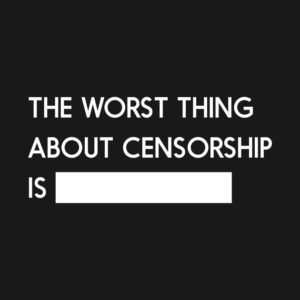A First Amendment win: Supreme Court rules the government can’t control private speech

Property and free speech rights both scored a big victory at the Supreme Court this week, when the Court decided Manhattan Community Access Corp. v. Halleck. Although the facts of this case focus narrowly on public access television networks, the Supreme Court’s decision has significant implications for all property owners, the internet, and social media more specifically.
Social media companies are increasingly under fire for exercising their free speech rights to exclude users from their services. People upset at demonetization or shadow banning have called for government intervention in the name of the First Amendment. This argument is fundamentally misguided, because the First Amendment applies to the government and not to private companies. To the contrary, private companies have a First Amendment and a property right to exclude users. These two fundamental rights go hand-in-hand, as the right to exclude ensures that these companies are not required to give space to ideas or viewpoints they do not wish to be associated with.
But because such services are subject to heavy government regulation, those in favor of government intervention argue that government should force these platforms to be open to everyone like a traditional public forum, such as a town square.
So in an age where the government heavily regulates so many aspects of how we use our property or run our businesses, it is more important than ever that a clear distinction exists between private property and government-run property.
Pacific Legal Foundation wrote an amicus brief urging the Supreme Court to reinforce the distinction between private and public property. The Supreme Court took up that invitation and wrote a decision that closely follows the arguments in PLF’s amicus brief.
The Supreme Court has once again emphasized that the protection of property rights is an essential protection for a free society. As the Supreme Court explained, this “critical boundary … protects a robust sphere of individual liberty.”
Private property owners can create places for public gathering and speech, without forfeiting either property rights or speech rights. The Supreme Court pointed to several traditional examples, such as a community bulletin board at a grocery store or a comedy club holding an open-mic night. Just because private property is opened up for speech does not mean that the property owner has to allow everyone access. Otherwise, “Private property owners … would face the unappetizing choice of allowing all comers or closing the platform altogether.”
The Supreme Court also followed PLF’s lead and emphatically rejected the argument that “being heavily regulated makes you a state actor.” This argument is “entirely circular and would significantly endanger individual liberty and private enterprise.” Following this logic, “a large swath of private entities in America would suddenly be turned into state actors and be subject to a variety of constitutional constraints on their activities.”
This was a narrow 5-4 decision, with the Court’s conservative members joining an opinion written by Justice Kavanaugh and the liberal members joining Justice Sotomayor’s dissent. But the narrowness can suggest disagreement when little exists. Both the majority and dissent agreed on the need to sharply differentiate between private and government property, but differed only on the application to the narrow facts of this case. The Justices’ broad consensus in favor of property rights is encouraging.
Hopefully this decision will lead those advocating for government intervention against social media to reconsider their unwise and unconstitutional position.







